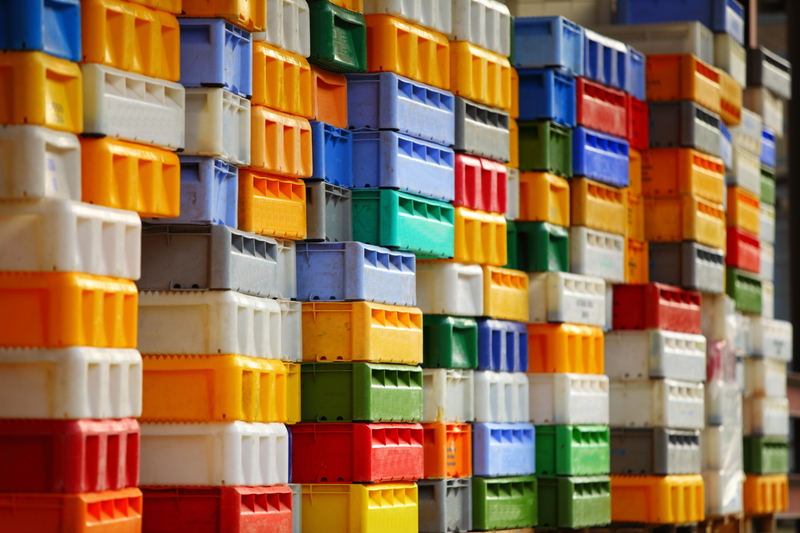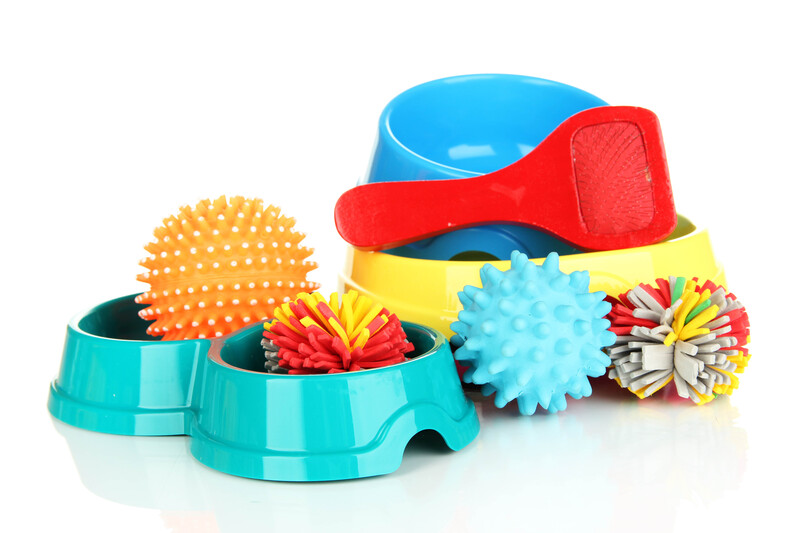Essential Do's and Don'ts for Moving Your Bed and Mattress
Moving your bed and mattress isn't just a matter of hauling heavy furniture from one place to another--it's about ensuring your comfort and your investment remain intact. Whether you are making a cross-country relocation or just moving to a new apartment across town, improper handling of beds and mattresses can lead to damage, discomfort, and even health issues.
This comprehensive guide will walk you through the essential do's and don'ts when moving your bed and mattress, offering professional advice and practical tips to ensure every step is smooth and stress-free. Read on to learn the best practices, mistakes to avoid, and important considerations to protect your bedding as you move.
Why Proper Bed and Mattress Handling Matters
Many people underestimate the complexity of moving a bed and mattress. Mishandling can result in:
- Physical damage such as tears, scratches, or broken slats and frames
- Structural compromise leading to sagging, uncomfortable sleep, or even injury
- Sanitary issues from exposure to dirt, moisture, and pests
- Unnecessary stress during an already challenging moving experience
Protecting your bed and mattress means protecting your rest and your wallet. Luckily, with some preparation and awareness, you can avoid the most common pitfalls. Let's dig into the essential dos and don'ts for moving beds and mattresses successfully.

The Do's: Best Practices for Moving Beds and Mattresses
1. Do Prepare All Necessary Supplies in Advance
Preparation is the first step to a successful move. Before you move your mattress and bed, make sure you have:
- Mattress bags or plastic wrap to protect against moisture and dirt
- Moving blankets to cushion and wrap bed frames
- Bubble wrap for sharp edges, headboards, or delicate parts
- Tools such as a screwdriver, Allen wrench, or pliers for disassembly and reassembly
- Straps or ropes to secure parts during transport
- Labels and ziplock bags for organizing bolts, screws, and hardware
2. Do Disassemble the Bed Properly
Most beds and bed frames can be partially or fully disassembled. Disassembly makes both the bed and mattress easier to handle, safer to transport, and less likely to get damaged.
- Remove bedding, pillows, and accessories before you start.
- Carefully take apart the bed frame, starting with the headboard and footboard, then removing side rails and slats.
- Keep all hardware in labeled bags, taped to the relevant frame part if possible.
- Consult the manufacturer's instructions, if available, to avoid damaging the structure.
3. Do Protect the Mattress and Frame
Your mattress is a significant investment in your comfort. During a move, it is vulnerable to stains, tears, and contamination.
- Always use a quality mattress bag or thick plastic wrap to shield your mattress from dirt, water, and pests during the move. Don't skip this step!
- Wrap the bed frame and headboard with moving blankets or bubble wrap. Pay special attention to corners and decorative parts to prevent dents and scratches.
4. Do Get Help--Don't Move Big Furniture Alone
Mattresses and bed frames are typically large, heavy, and awkward to maneuver. Trying to move them solo can lead to injury or property damage.
- Enlist friends, family, or hire professional movers to assist with lifting and carrying.
- Use moving straps, furniture dollies, or sliders for easier and safer transport.
5. Do Transport Mattresses Properly
The way you load and transport a mattress is crucial. Incorrect handling can cause irreparable harm.
- Keep the mattress flat when possible--especially for foam and hybrid types--to avoid internal shifting and damage.
- Secure the mattress in your truck or van with straps to prevent sliding during transport.
- If you must stand it up, make sure it's fully supported and won't topple over or bend excessively.
6. Do Clean Your Bed and Mattress Before and After the Move
Moving is the perfect time to give your bedding a deep clean. Before packing, vacuum the mattress and wipe down the bed frame to remove dust and allergens. After the move, do a quick clean before setting everything up in your new space.
7. Do Check for Damage Upon Unpacking
Before reassembling, inspect every part of your bed frame and mattress for signs of damage. Address minor issues promptly and contact your movers or insurance for serious problems.
The Don'ts: Top Mistakes to Avoid When Moving Your Bed and Mattress
1. Don't Skimp on Protection
It can be tempting to save time or money by skipping mattress bags or proper wrapping. This shortcut can result in costly damage. Avoid exposing your mattress to dirt, water, bugs, and tears--always wrap and protect!
2. Don't Bend or Fold the Mattress (Unless Specifically Designed)
Many mattresses, especially innerspring and hybrids, are not designed to be bent or folded more than minimally. Doing so can break internal springs, foam, and cause permanent dips. Only roll or fold a mattress if the manufacturer explicitly states it's OK (usually only certain foam mattresses).
3. Don't Drag the Mattress or Frame
Dragging a mattress across the floor can tear its fabric and compromise the structure. Always lift, never drag! The same applies to bed frames--scraping wooden or metal parts can lead to scratches, dents, and unstable joints.
4. Don't Leave Bedding on the Mattress During the Move
Always strip your bed completely. Sheets, pillows, and mattress toppers can trap moisture or dirt during transport, and they prevent you from cleaning and inspecting properly.
5. Don't Store or Transport Mattresses in Damp Conditions
Moisture is the enemy of mattresses and bedding. Never store or move a mattress in rain, snow, or humid basements and garages. Moisture can lead to mold, mildew, and bad odors--potentially ruining your mattress for good.
6. Don't Rush Reassembly
Correct assembly is as important as a safe move. If you hurry through the process, you might miss key supports or properly tighten bolts, putting your furniture (and yourself) at risk. Take your time and refer to instructions.
7. Don't Ignore Manufacturer's Instructions
Many bed frames and mattresses have specific guidelines for moving. Ignoring the manufacturer's advice can void warranties and cause damage. Always check the product manual or website before moving complex or specialty items.
Bonus Tips for a Smooth Bed and Mattress Move
Plan Your Route Carefully
Before moving large furniture, measure doorways, hallways, and stairwells. Plan the path you will take to avoid dents in the wall, stuck mattresses, or scratched floors. Remove obstacles and lay down protective coverings for floors if necessary.
Consider Professional Movers for Difficult Jobs
If your bed is especially heavy, ornate, or the move is long-distance, professional movers with experience in transporting beds and mattresses can be a great investment.
- They have the equipment, experience, and insurance to protect your property.
- Specialty bed and mattress movers may offer packing services and climate-controlled transport.
Don't Forget to Update Bed Components if Needed
Moving is an ideal time to reassess the condition of your mattress and bed frame. If your mattress is 8+ years old or showing signs of wear, this might be the perfect opportunity to upgrade to a new one for improved sleep and comfort in your new home.

Frequently Asked Questions about Moving Beds and Mattresses
How do you move a king-size mattress?
King-size mattresses are particularly bulky and heavy. Enlist extra help, and always use a mattress bag. If possible, keep the mattress flat and secure it with straps. Consider hiring professionals for large king-sized beds.
Can you fold a mattress for moving?
Most mattresses should not be folded. Only certain all-foam mattresses are designed for this. Check your manufacturer's instructions to be sure.
What is the best way to protect a mattress during a move?
Use a mattress bag or thick plastic to fully enclose your mattress. Secure the bag with tape, and avoid storing the mattress in damp places.
Should I remove slats from a bed frame when moving?
Yes, if possible. Removing slats and other detachable parts prevents breakage and increases portability. Keep all hardware in labeled bags for easy reassembly.
Conclusion: Move Your Bed and Mattress the Right Way
Relocating your bed and mattress doesn't have to be a daunting task. By following these essential do's and don'ts for moving beds and mattresses, you'll ensure a safe, efficient, and clean transition to your new home. Remember to plan ahead, protect your investment, and never hesitate to seek professional help for complex moves.
Your bed and mattress are the foundation of healthy sleep and comfort. Treat them with the care they deserve during your move, and you'll rest easy in your new space--literally and figuratively!
```


